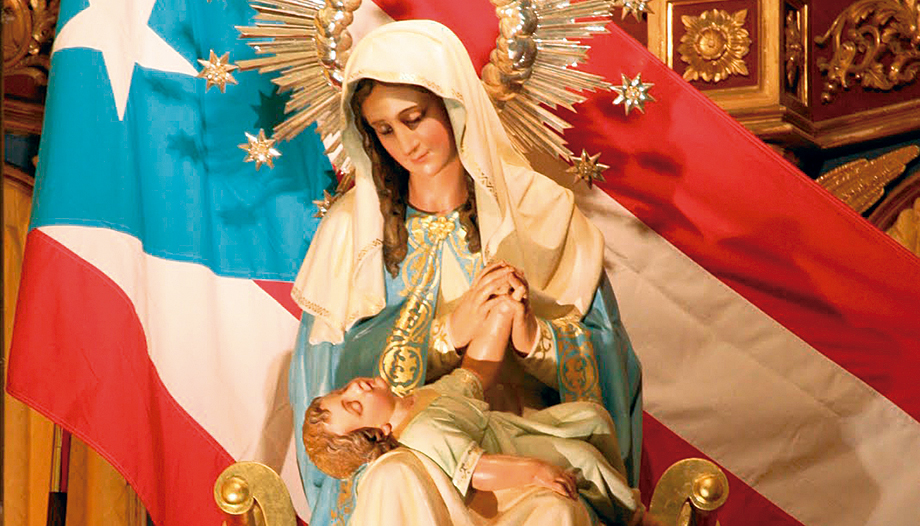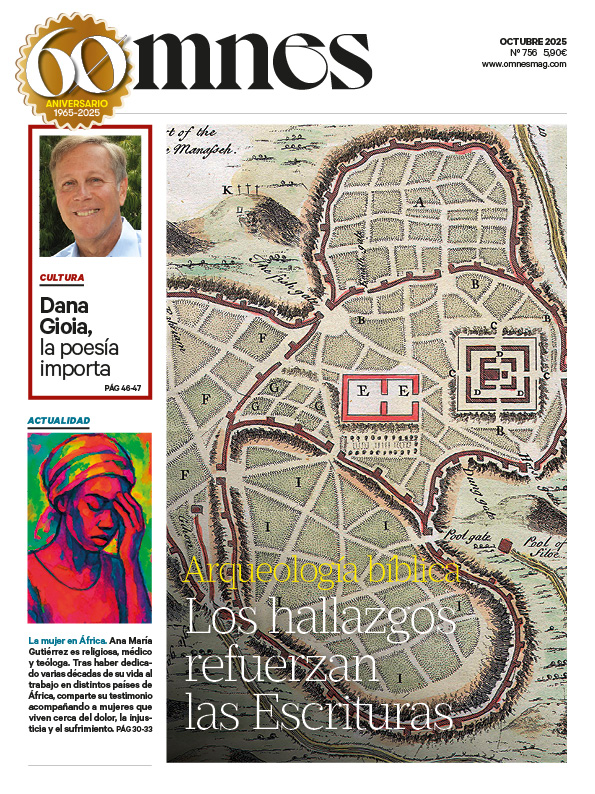Signed by Cardinal Beniamino Stella, Prefect of the Congregation, and by Archbishop Jorge Patrón Wong, Secretary for Seminaries, the decree praises the agreement between the bishops that "have joined forces in order to offer future priests a formation in line with the sound doctrine of the Catholic Church."
The document of the Congregation for the Clergy stresses that the seminary will serve to "to foster the human, spiritual, intellectual and pastoral formation that is required by the current cultural reality and in harmony with the Ratio fundamentalis institutionis sacerdotalis".
The announcement was made a little over a month ago by the archbishop of Ponce and president of the Puerto Rican Episcopal Conference, Archbishop Gonzalez Medina, who has stated the "great joy" what the realization of this project means for the bishops. "This is a longing that for many years we have treasured in our hearts and after a long process of reflection, consultation and prayer, we will begin as of August 15, 2020.".
The archbishop of Ponce pointed out that the new seminary "it will be the place where future shepherds will be trained". and invited all the Catholic faithful to remain in prayer so that Holy Mary, Mother of Divine Providence, Patroness of Puerto Rico, may be with them in their prayers for the salvation of the people of Puerto Rico. "favor with holy and abundant vocations".
The decree approves the request made by Bishop Rubén González Medina himself; Archbishop Roberto González Nieves, Archbishop of San Juan; Bishop Álvaro Corrada del Río, Bishop of Mayagüez; and Bishop Eusebio Ramos Morales, Bishop of Caguas and Apostolic Administrator of the Diocese of Fajardo-Humacao.
The headquarters and organization of the future priests in Puerto Rico has a long history of dialogue due to particular circumstances and interests of the different dioceses. Undoubtedly, it is a project longed for since the erection of the first diocese. The recent decree of the Holy See is the result of the experience acquired along the way and of a maturity in communion that gives great hope for a great seminary.
Since the 18th century
The historical tour recalls that the idea of a seminary in San Juan Bautista, the original name of Puerto Rico, came from Bishop Pedro de la Concepción in the second decade of the 18th century. His desire was more than ratified, and in 1768 the Spanish Crown demanded that all the dioceses have a seminary. Thus, under the government of the first Puerto Rican bishop, Don Juan Alejo de Arizmendi, preparations began to establish the first seminary.
The support and generosity of the people of San Juan allowed Don Pedro Gutiérrez de Cos, Arizmendi's successor, to complete and establish in 1832 the Conciliar Seminary of San Ildefonso, which was built on the ground floor in the old part of San Juan, next to the archbishop's house.
In this seminary studied not only future priests but also those students who aspired to a better formation. In addition to the island, students came from Santo Domingo (now the Dominican Republic), Venezuela and Spain (mainly from the cities of Malaga and Barcelona).
In San Ildefonso great men were formed, such as Cardinal Luis Aponte Martínez, the first Puerto Rican cardinal, as well as great heroes and fathers of the country such as Román Baldorioty de Castro and Eugenio María de Hostos. The educational influence of this house of studies was so great that during its first decades the seminary was the main teaching center in the country. During its long existence, the Conciliar Seminary went through important changes in its goals and regency. Its history can be summarized by the three names it was known by: Colegio-Seminario, Seminario and Seminario Conciliar.
Beginning in 1900, the seminary went through changes in government - one of these was the political association of Puerto Rico with the United States in 1898 - and serious economic difficulties that increased over time and, because they could not be resolved, led to its definitive closure. In 1915, Bishop Guillermo Jones reactivated it again under the direction of the Vincentian Fathers. A new bishop, James Davis, decided to transfer the seminary to the town of Aibonito, governed by the Jesuits. In the mid 1930's it was closed for good.
New dioceses and new beginnings
The increase in population and the establishment of new cities and towns led the Church in Puerto Rico to the creation and division of new parishes and dioceses throughout the island. From the archdiocese of San Juan, the diocese of Ponce (1924) was created, and from these two, other new dioceses: Arecibo (1960), Caguas (1964), Mayagüez (1976) and Fajardo-Umacao (2008).
In order to restart a new seminary, a solution was sought in accordance with the times. Thus, in 1948, the Catholic University was founded in the city of Ponce, an initiative of Bishop James Davis, bishop of the Archdiocese of San Juan Bautista, and Bishop E. McManus of the Diocese of Ponce. McManus of the Diocese of Ponce. In its beginnings, it was affiliated with The Catholic University of America in Washington. At the end of its first year of foundation, the University obtained accreditation from the Puerto Rico Council on Higher Education. The University was canonically erected by the Holy See on August 15, 1972 and on January 25, 1991 was conferred the title of Pontifical.
In the 1960s, the bishop of Ponce, Bishop Fremiot Torres Oliver, decided to take advantage of the recent Catholic University to found a diocesan seminary within the university: the Regina Cleri. The building of the Faculty of Medicine was made available as headquarters.
More initiatives
In verifying the priestly formation experience of the Regina CleriIn the same year, some bishops proposed a new seat in San Juan in collaboration with the Diocese of Ponce. Thus was founded the Interdiocesan Major Seminary of Puerto Rico, with two campuses: the faculty of philosophy in San Juan and the faculty of theology in Ponce. Fernando Felices in San Juan, and Bishop Jesús Diez Antoñanzas in Ponce. Thus, in addition to Ponce and Mayagüez, the new seminary had students from San Juan, Cagüas and Arecibo. This experience continued from 1993 to 1996. In spite of the young age of this interdiocesan seminary, its existence helped to create bonds of fraternity among the priests of that generation, bonds that endure to this day.
In 1996, the Archdiocese of San Juan founded the San Juan Bautista Regional Major Seminary. A property of the Curia on José de Diego Street was used as its headquarters, and seminarians from the Archdiocese of San Juan, the Diocese of Caguas and briefly those from the Diocese of Arecibo were incorporated into the Major Seminary. To date, its seminarians study theology at the Pontifical Catholic University in the city of Ponce. In 2012, the Diocese of Arecibo looked for another solution and decided to found a seminary in Pamplona.
After this long journey, Puerto Rico is now filled with hope for having this new initiative, so desired by the Sacred Congregation for the Clergy. We pray that God will abundantly bless the new St. Mary of Divine Providence Interdiocesan Seminary with abundant priestly vocations, so much needed on the Island.
Puerto Rico







